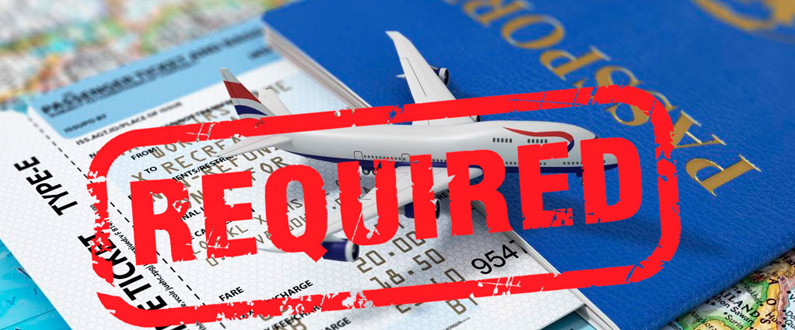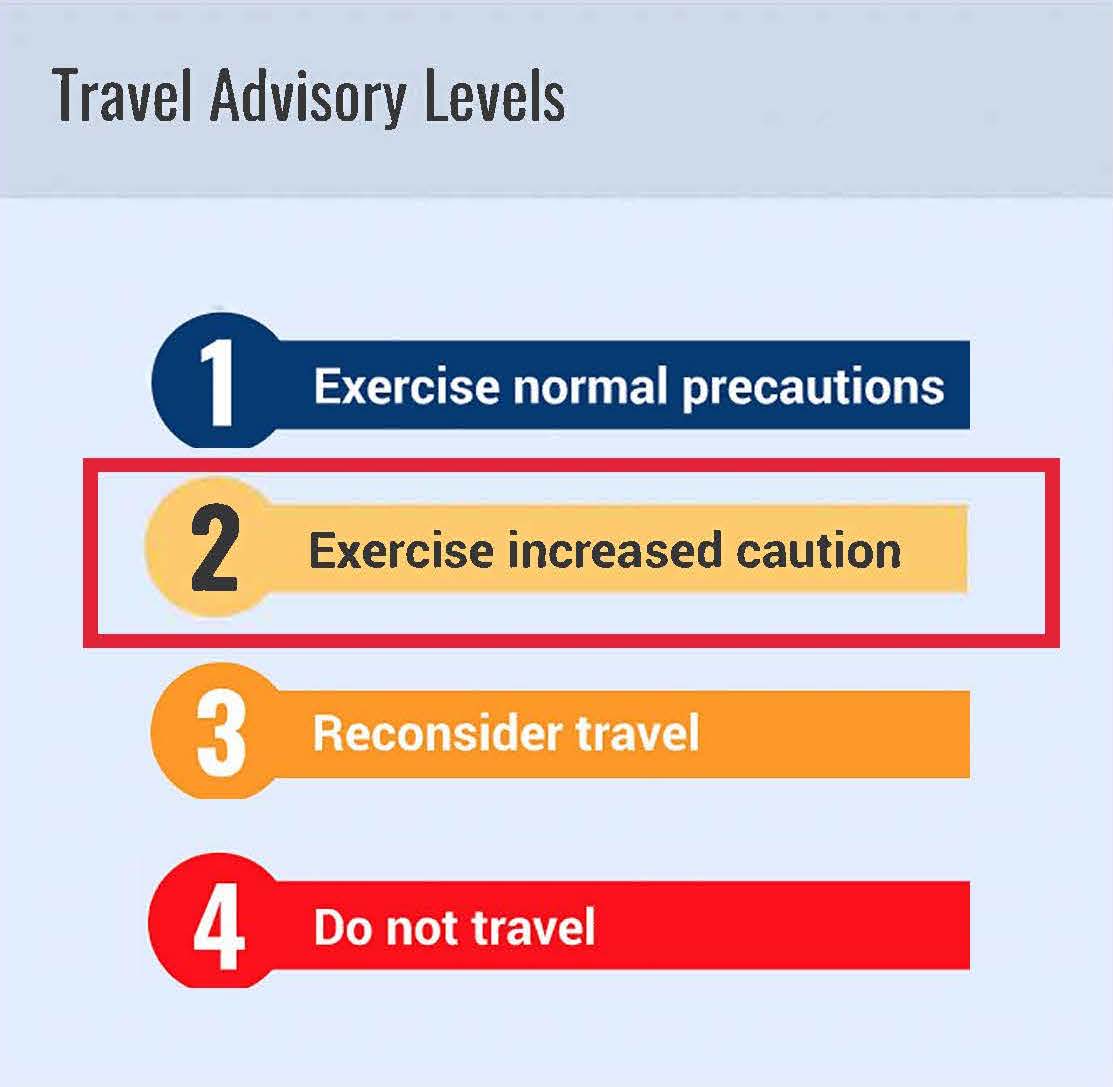India Travel Profile: What you need to know before you go!
By Jennifer Allman-Guinn, on October 16, 2019
HEADER IMAGE SOURCE
The Republic of India is a country steeped in fascinating cultural and religious sites, an incredible coastline, amazing natural landscapes and wildlife, and of course, the opportunity to trek the Himalayan Mountains. While often overwhelming due to the sheer number of people, India is a relatively safe place to visit with a few key precautions and preparations.

IMAGE SOURCE


IMAGE SOURCE
The Republic of India is a country steeped in fascinating cultural and religious sites, an incredible coastline, amazing natural landscapes and wildlife, and of course, the opportunity to trek the Himalayan Mountains. While often overwhelming due to the sheer number of people, India is a relatively safe place to visit with a few key precautions and preparations.
Travel Requirements

US citizens should obtain their India e-visas ahead of time through APVI.com, which includes a fast e-visa process for a multi-entry visa valid for up to 1 year. Other requirements include a valid US passport with two blank pages and at least 6 months’ validity beyond the travel date.
Safety Considerations

India is ranked as a Travel Advisory Level 2 due to the risks of crime and terrorism. Certain areas throughout the country, including religious sites, luxury hotels, train stations, and other locations frequented by tourists, have been targeted by extremists and other terrorist attacks. Those areas most likely to experience terrorist attacks include the state of Jammu and Kashmir, as well as any area within 10 kilometers of the India-Pakistan border on the western side of the country. Other areas to avoid include eastern Maharashtra, as well as the region between northern Telangana through western West Bengal. US authorities must obtain special permission to enter any of these areas, making it unlikely that a tourist will be able to receive help during an emergency.
Rape and sexual assault against women are noted as one of the most common crimes throughout India. As such, women are advised to avoid traveling alone, including in tourist areas. Additionally, the presence of lifeguards along the coastline is rare, and strong undertows are common, so take heed when swimming, particularly during the monsoon season.
Preparing for Your Trip

India’s reputation as a crowded country is well-earned, as roughly 1.25 billion people living there. Visitors often experience quite a bit of culture shock as a result of the often overwhelming crowds and lack of personal space. Time is also affected by this, as it becomes more difficult to travel to different places due to these crowds. Trains are often delayed, and locals rarely arrive on time for any appointment, so visitors should be prepared for these factors.
- Remember that India is a conservative country, so be sure to dress accordingly, avoid public displays of affection, and always remove your shoes before entering a temple
- The weather will likely be warmer than most are accustomed to, but revealing clothes are not culturally acceptable, so bring long yet lightweight clothing to stay comfortable
- Haggling is a very common practice throughout India, and it is best to assume that any shop or stand will quote a high price with the expectation that you will negotiate with them
- Like most countries, pickpocketing and other scams targeting tourists are common, so take extra care to safeguard your possessions and be wary of deals that sound too good to be true
- One common scam involves bottled water, as many shop owners will refill bottles with tap water that can make visitors ill, so be sure your bottles are factory sealed during your purchase